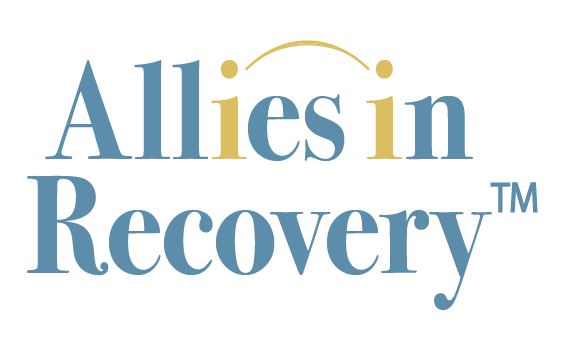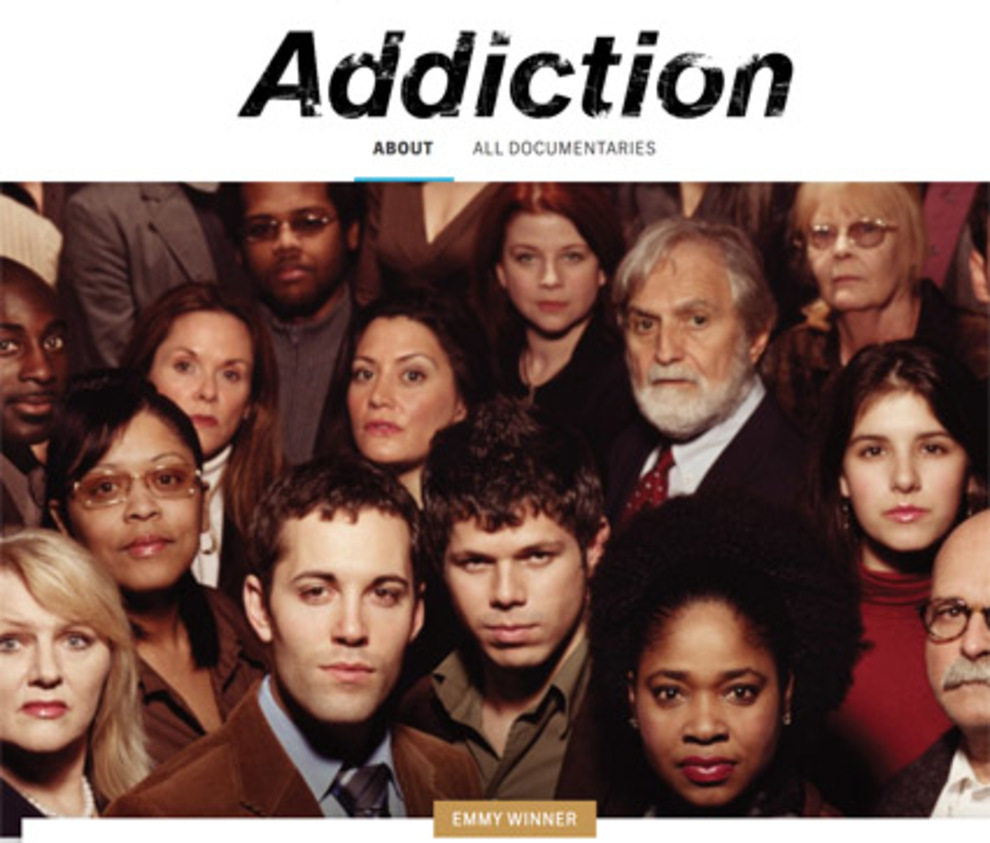About CRAFT
50% of people suffering from substance use disorder, and who admit they have a problem, are resistant to getting help. CRAFT was designed with these individuals in mind.
Important Facts About CRAFT


The Goals of CRAFT
- To reduce substance use
- To get your loved one into treatment
- To improve your well-being

CRAFT Is Proven to Work
- With adolescents & adults
- All drinking & drug problems
- Individuals from diverse cultures

With the CRAFT Method
- Use is reduced by 50%
- 2/3rds seek treatment
- Caregivers experience less stress, depression, & anger
CRAFT Is Your Essential Tool Kit
Treatment is the best solution to the problem of substance use. This continues to be true even for those who have been to treatment and are still having problems. CRAFT (Community Reinforcement and Family Training) is an evidence-based, proven family coaching methodology, which has been extensively studied by the National Institutes of Health and other agencies, and has significantly outperformed other approaches.
Not only is CRAFT the best studied and most successful approach as an intervention, it is the only one based on social learning principles. It is the essential tool kit family members need when relating to someone with addiction issues. Addiction is consequential for anyone caught in its wake. Depression, loss of productivity, burdens of guilt, anger, and helplessness are fellow travelers to those who endeavor to maintain a life with a son, wife, father, sister, or close friend with addiction.
CRAFT uses pragmatic behavioral coaching that teaches family members skills in rapport building, positive reinforcement, communication and problem solving, supporting reduced use and discouraging using behavior. CRAFT also teaches families motivational techniques, domestic violence safety precautions, how to analyze substance use patterns, how and when to intervene with treatment, and how to support the individual once treatment has started.
Developed by a team from the University of New Mexico, the CRAFT method has initially been slow to gather steam in the United States. Countries such as Australia, Holland, Ireland and Sweden have adopted the approach widely.
See this article on CRAFT’s success from the American Psychological Association.
The Research on CRAFT
The first research on CRAFT was done in 19861. The study showed that 6 out of 7 family members using the CRAFT model were able to get their loved ones to enter treatment. On average, it took them about 7 sessions to achieve this. Loved ones also cut their number of drinking days in half during the time their family members were training in CRAFT.
More recently, the National Association of Alcohol Abuse and Alcoholism published a study2 that used people from all ethnic backgrounds. Family members of alcohol-using loved ones (including spouses, parents, siblings, etc.) were randomly assigned to three different therapy models. Some trained with the CRAFT model, some with the Johnson Institute intervention approach (the most commonly used in the US), and others followed Al-Anon’s facilitation therapy. Family members using the CRAFT model had the most success — 64% of them were able to get their loved one to enter treatment. Family members trained in the other two methods were less successful – 30% for the Johnson Institute and just 13% for Al-Anon.
Family members experienced improvement on problems like anger, depression and anxiety, no matter which training they participated in. Relationships between family members and their loved one also improved.
Researchers soon set to work to determine whether CRAFT would be equally successful with drug-using loved ones. Three studies were conducted and the results were encouraging.
One study3 showed that CRAFT was successful with loved ones who were using mainly marijuana, cocaine and opiates. Out of 62 CRAFT-trained family members, 74% entered treatment.
How did CRAFT perform for drug-using loved ones, compared to other approaches? A 1999 study4 sent half of the participating family members to CRAFT training, and the other half to Al-Anon/Nar-Anon. In the case of family members trained in CRAFT, 64% were able to help their loved ones enter treatment, whereas only 17% of the Al-Anon family members succeeded.
Next, researchers were interested in seeing whether outcomes would be improved by adding additional sessions (aftercare). In one study, 90 family members were randomly assigned to CRAFT, CRAFT+aftercare, or Al-Anon/Nar-Anon5. Engagement rates for both CRAFT (59% engaged in treatment) and CRAFT+aftercare (77% engaged in treatment) were significantly higher than those of the Al-Anon/Nar-Anon condition (29% engaged in treatment). The CRAFT+aftercare families had only slightly higher success levels than the families using CRAFT without aftercare. We believe this is because families taught CRAFT over 12 weeks get the core principles they need to manage the situation…more training isn’t necessary.
A 2007 study6 wanted to determine whether CRAFT is effective on parents of adolescents. Forty-two parents received CRAFT training. They learned to facilitate their adolescents’ entry into treatment, to support their adolescents’ behavior changes following treatment, and to improve parent and family functioning. The parents experienced a significant reduction in negative symptoms, and 71% successfully engaged their resistant youths into treatment.
A 2014 randomized clinical control trial7 looked at adding CRAFT while a Loved One is in treatment. The difference between CRAFT and this study of CRAFT-T is limited: mostly a couple of sessions with Loved One and Family members together and, of course, the Loved One is already in treatment. Like in other CRAFT studies, those that did best were parents of young adults. CRAFT increased retention and lowered drug use.
In summary, these studies demonstrate that CRAFT is an effective method for family members to influence their loved ones, especially loved ones who are resistant to treatment, to seek treatment. The research shows that loved ones’ engagement rates for CRAFT are significantly higher than with other approaches. An additional benefit is that family members experience major psychological relief from using the skills of CRAFT. It is especially impressive that CRAFT is applicable to all different ethnic groups, substances, and family member-loved one relationships
1 Sisson and Azrin (1986)
2 Miller et. al. (1999)
3 Robert Meyers et. Al (1999)
4 Kirby et al. (1999)
5 Waldron et al. (2007)
6 Meyers et al. (2002)
7 Brigham et al. (2014)
This HBO original film features Allies in Recovery and explores CRAFT, the gentle and effective method for helping families guide addicted loved ones into treatment. Our eLearning site is based on this method.
References
Brigham G.S., Slesnick N., Winhusen T.M., Lewis D.F., Guo X., Somoza E. (2014) A randomized pilot clinical trial to evaluate the efficacy of Community Reinforcement and Family Training for Treatment Retention (CRAFT-T) for improving outcomes for patients completing opioid detoxification.
Kirby, K.C., Marlow, D.B., Festinger, D.S., Garvey, K.A.., & LaMonaca, V. (1999). Community reinforcement and family training and significant others of drug abusers: A unilateral intervention to increase treatment entry of drug users. Drug and Alcohol Dependence, 56, 85-96.
Meyers, R.J., Miller, W.R., Hill, D.E., & Tonigan J.S. (1999). Community reinforcement and family training CRAFT): Engaging unmotivated drug users through concerned significant others. Journal of Substance Abuse, 10, 3, 291-308.
Meyers, R.J., Miller, W.R., Smith, J.E., & Tonigan, J.S. (2002). A randomized trial of two methods for engaging treatment-refusing drug users through concerned significant others. Journal of Consulting and Clinical Psychology, 70, 1182-85.
Miller, W.R., Meyers, R.J., & Tonigan J.S. (1999). Engaging the unmotivated in treatment for alcohol problems: A comparison of three intervention strategies. Journal of Consulting and Clinical Psychology, 67, 688-97.
Sisson, R.W., & Azrin, N.H. (1986). Family-member involvement to initiate and promote treatment of problem drinkers. Journal of Behavior Therapy and Experimental Psychiatry, 17, 15-21.
Substance Abuse and Mental Health Services Administration, 2003, Reasons for Not Receiving Substance Abuse Treatment.
Waldron, H.B., Kern-Jones, S., Turner, C.W., Peterson, T.R., & Ozechowski T.J. (2007). Engaging resistant adolescents in drug abuse treatment. Journal of Substance Abuse Treatment, 32, 133-42.












